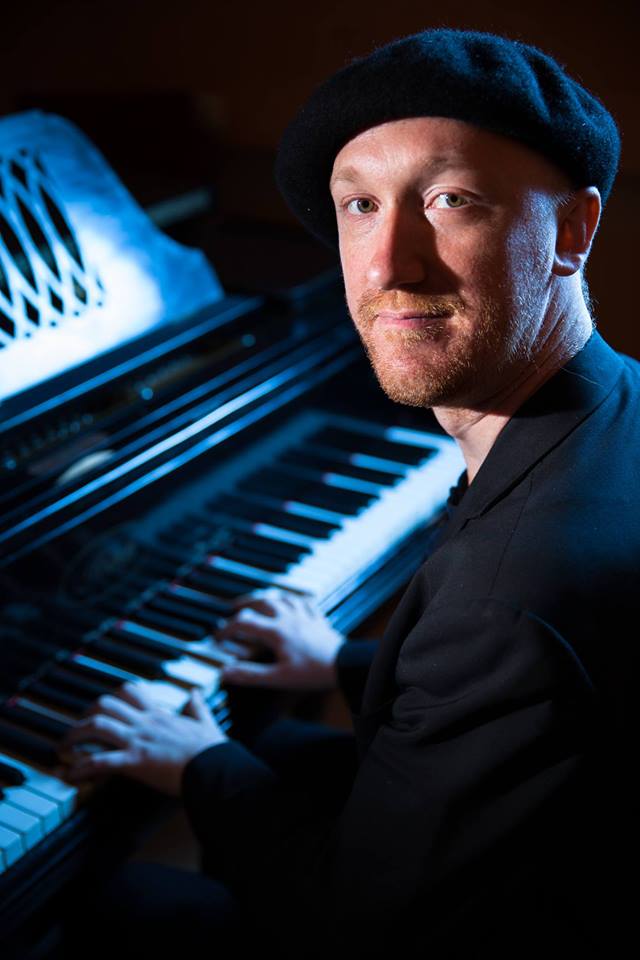Gunnar Cedersund
 I work with development of digital twins: computer models describing cells, organs, and the whole body. These twins are useful for eHealth, drug development, basic research, replacement of animal experiments, and artistic expressions.
I work with development of digital twins: computer models describing cells, organs, and the whole body. These twins are useful for eHealth, drug development, basic research, replacement of animal experiments, and artistic expressions.
I have a M.Sc. in theoretical physics, and did a Ph.D. in modelling of biological systems at control engineering departments at Linköping University and Chalmers. I then started my own group as a sub-group to an experimental cell biology group, whereafter I started my own independent group, in 2011, here at IMT. We are now around 15 people, who work with a variety of projects, in close collaborations with many different experimental and clinical researchers.
In a standard modelling project, we take experimental data and biomedical knowledge from these collaborators. We then translate the knowledge to mechanistic hypotheses which are formulated to mathematical models (typically ordinary differential equations), which then are fitted to estimation data. This leads to one of two outcomes: i) the hypothesis cannot explain the data and needs to be reformulated, ii) the hypothesis can describe estimation data, and can be tested with respect to independent validation data, and thereafter used to e.g. design new experiments where model predictions can be further tested. In this way, we become a part of the experimental day-to-day decisions, by analyzing their data, and by helping them plan new experiments.
We have used this approach to characterize various aspects of almost all of the main organs in the human body: the adipose and muscle tissue, the liver, brain, pancreas, blood, etc. Lately, all of these models have started to come together into interconnected models for the human body as a whole. These interconnected models can become personalized, by adding person-specific data. Such personalized models are sometimes called digital twins, and they are useful for a variety of applications. We also develop corresponding models for other more complex experimental systems, like organs-on-a-chip, and rodent models. These models range from the intracellular to the organ and whole-organism level, and from seconds to years. In other words, our ever-interconnected models can be referred to as M4 models: mechanistic, multi-level, multi-timescale, and multi-species models.
These digital twins, or M4-models, can be used for a wide variety of purposes. The models can be used to aid human health (models for health, or M4-health), for instance by developing eHealth products, using our spin-off company SUND sound medical decisions. In the first steps, we are testing if these digital twins can be used for improved pedagogics, for increased patient motivation, for increased compliance to treatment, and to motivate patients to do more preventive measures. The digital twins will then follow patients from initial health conversations, to home monitoring using smart sensors, and back to specialized treatments, to treat e.g. type 2 diabetes, stroke, NASH, Parkinson, etc. These clinical implementations are done in 6 countries, via the STRATIF-AI project, which I am coordinating. Apart from these applications, we are collaborating closely with AstraZeneca, to help transform drug development from a linear trial-and-error pipeline, to a knowledge driven one. This leads to big potentials to replace animal experiments, which we are exploiting in collaboration with the Swedish Fund for Research without Animal Experiments, and the Swedish 3R center, which I helped to setup, as a member of the initial steering committees. Finally, we are now also using our digital twins in new innovative arts projects, where we combine my piano playing with professional dancers and dancing digital twins, in a new type of lecture-performances.
Our work is funded by a large number of different funding agencies:
- the Swedish Research Council (VR-M and VR-NT)
- the Strategic Research Foundation (SSF)
- CENIIT
- ELLIIT
- KAW and SciLifeLab
- the Swedish Foundation for Research without Animal Experiments
- VINNOVA)
- H2020 PRECISE4Q) STRATIF-AI)
